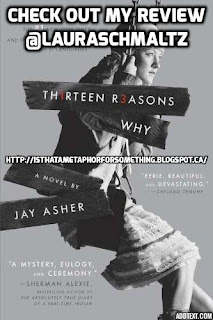Like many of the graphic novels that I have read, this one is about that awkward adolescent phase. It seems as though the graphic form is a wonderful medium for allowing characters to explore identity. Helene is a girl who has been shunned by her group of girlfriends. She doesn't want to burden her busy mother with her problems. Does this sound like a familiar story? I think that all of us have a little Helene in us. Every part of Helene drips with insecurity.
Luckily Helene has literature to disappear into. She falls in love with Jane Eyre, which I can definitely relate to. Jane's story is a perfect reflection of Helene. She sees Jane as someone that she can at once relate to and aspire to be like. Everyone who has felt like Helene needs a world to escape into, and I could feel Helene escaping into Jane's world.
Helene seems content to live in her private world, but then she is confronted with the reality of a camping trip with her whole class. There won't be anywhere to hide. An almost magical interaction with a fox and meeting a group of misfits slowly changes Helene and she starts to understand where she fits into the world.
What stood out to me the most in this book was the way that the combination of text and image made Helene's pain palpable. The "mean girls" weren't just mean - they were cruel. Helene wasn't just lonely - she was alone. If you are looking for a text to explore the topics of identity, bullying, alienation, being an outsider or growing up, this is a fantastic resource to pick up.
Food for Thought... which characters in literature do you find to be the most relatable? Why?






